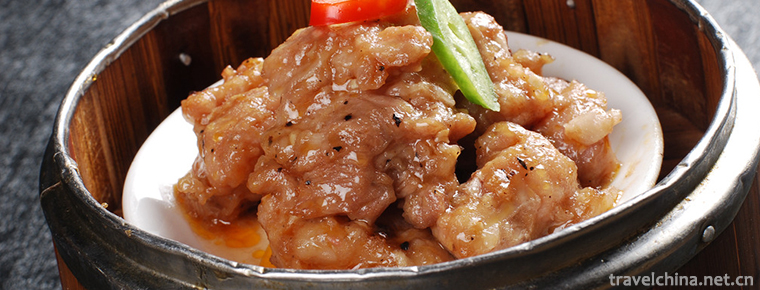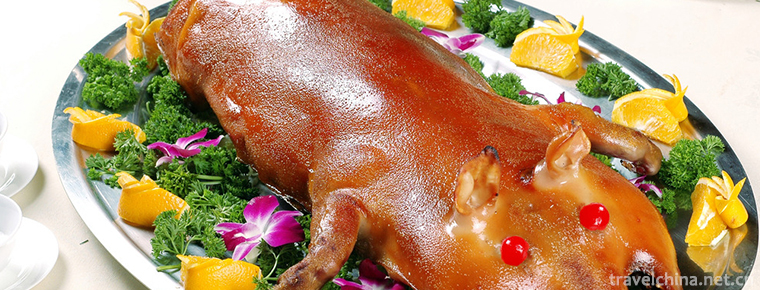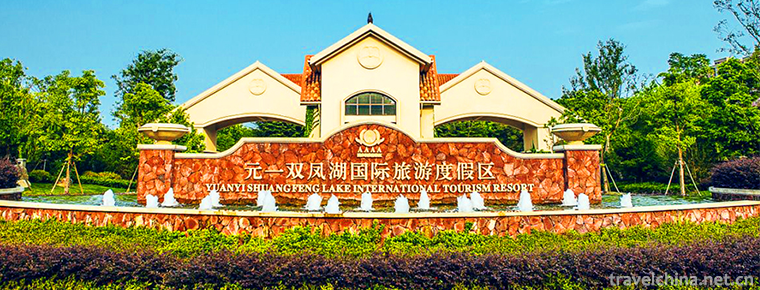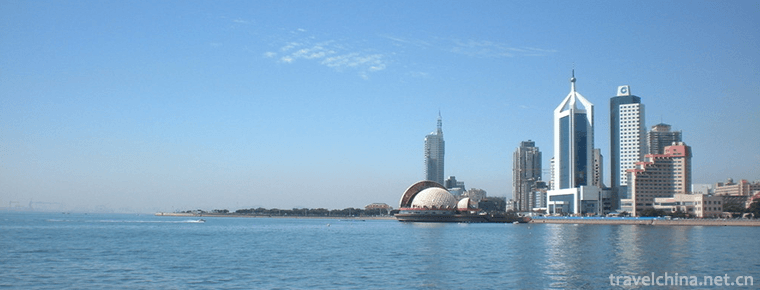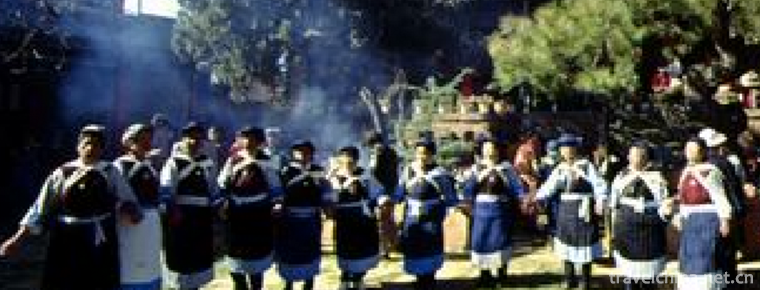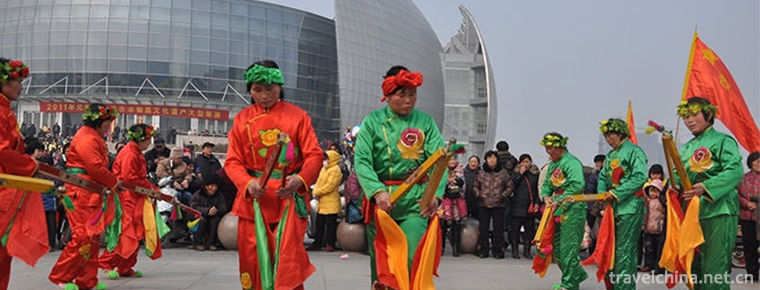Yang Guan
Yang Guan
Yangguan is the throat of ancient land transportation in China and the only pass along the southern Silk Road. Located in the southwest of Dunhuang City, Gansu Province, near the antique beach. Puguan in the Western Han Dynasty was named because it was in the south of Yumen Pass. He Yumenguan was also the gateway for transportation to the Western Regions at that time.
After the Song Dynasty, due to the gradual decline of land transportation with the West, Guansui was abandoned. The antique beach was named after a large number of Han Dynasty cultural relics exposed on the ground, such as copper arrows, ancient coins, stone mills, pottery cups and so on. Xiguan Site Textual Research calls antique beach Yangguan after Han Dynasty, but according to Gansu Xintongzhi and Dunhuang County Chronicle in Qing Dynasty, Hongshankou is Yangguan.
Pass function
Yangguan is located on the "Antique Beach" of Nanhu Township, 70 kilometers southwest of Dunhuang City in Hexi Corridor.
Yangguan is an important pass for the Han Dynasty to defend against the invasion of nomadic peoples in Northwest China. It is also an important gateway for the Central Plains to the Western Regions and Central Asia on the Silk Road. Yangguan is a narrow pass by water and is in danger according to Sichuan. It echoes with Yumenguan from north to south.
Yangguan Gusai was built in the desert. Archaeologists have found that Yangguan occupies a key position of "one man is in charge of the customs, ten thousand people are out of control".
Yangguan and Yumenguan, one in the South and one in the north. Famous at home and abroad, love is ancient and modern. After leaving Liangguan, he entered the vast Gobi desert. Both are important passes along the Silk Road. Dunhuang Section of the Silk Road is the main military site and post station, an important gateway to the Western Regions and Europe and Asia. After leaving Dunhuang, one of the two crossings must be taken.
Orion of the Name
Yangguan is named Yangguan because it is located in the south of Yumenguan. Yangguan, built in the reign of Emperor Wudi of Han Dynasty, was one of the "Four Counties and Two Passes" in Hexi. Yangguan, as a gateway to the Western Regions, is also an important gateway of the South Silk Road, and a strategic important place for ancient soldiers to contend for. According to historical records, in the Western Han Dynasty, Yangguan was the official residence of the Du Wei and Jin Dynasties, Yangguan County was set up here, and Shouchang County was set up in the Tang Dynasty. After the Song and Yuan Dynasties, with the decline of the Silk Road, Yangguan was gradually abandoned. In the old Dunhuang County Chronicle, Yumenguan and Yangguan were called one of the eight sceneries of Lidunhuang as "the relics of Liangguan".
Historical Evolution
Yangguan was built in the period of Emperor Wudi's "Four Counties and Two Passes". Yangguan had abundant water resources in ancient times. Owachi and Xitugou were the largest independent water sources. At least three or four thousand years ago, this area had become an oasis basin with developed culture of fire ditch.
As early as 121 BC, the Western Han Dynasty, in order to resist the harassment of the Xiongnu to the frontier, managed the Western Regions, set up Wuwei, Zhangye, Jiuquan, Dunhuang four counties in the Hexi Corridor, and established Yangguan and Yumen Pass at the same time.
Yangguan was built around the fourth year of the Han Dynasty (107 years ago) and had a captain in charge of military affairs. From the Han Dynasty to the Tang Dynasty, it was always the only pass on the southern Silk Road.
Since the Western Han Dynasty, many dynasties have sent troops to guard this place as a military important place, and how many soldiers have fought here; how many businessmen, monks, envoys and tourists have verified the customs here; and how many literati and poets have written immortal poems in the face of the Yangguan Pass. The eminent monk Xuanzang returned home from India by taking the Silk Road South and heading east to Yangguan to Chang'an.
During the Han and Tang Dynasties, soldiers in Yangguan lived on this water. Xitugou usually dries up in the upper reaches, and springs converge to the north of the stream in the lower reaches, sometimes there are flash floods. After the flood peak, the riverbanks collapsed, the riverbed widened, and a large amount of sediment was deposited downstream. Under the Northwest wind, the sediment was carried by sand ridges, and the ancient city of Yangguan was gradually destroyed and buried by water and sand.
After the abandonment of the Sui and Tang Dynasties, it gradually became deserted, leaving only the pier Hill beacon known as "Yangguan Ermu" standing on the desert Gobi.
Main attractions
Yangguan, an ancient city buried by quicksand, is an ancient city sung by literati and ink poets of all dynasties. The remains of some houses, farmland, channels and other sites, when the strong wind, these sites are clearly visible, attracting attention. Since ancient times, the Yangguan people's hearts, always sad, lonely and desolate. Today's Yangguan is no longer a desolate and euphemistic pronoun in Wang Wei's works of "No Source in West Yangguan". Today's Yangguan is a good place for Liu Luhua Hong, Lin Mao Liangfeng, clear spring water and grape string.
Beacon in Han Dynasty
The long history of Guancheng makes the beacon rare relics. Ancient Yangguan is connected to the Great Wall 70 kilometers north to Yumenguan. There are beacon piers every dozen miles, and there are dozens of beacons near the balcony. Especially on the top of the pier hill on the north side of the antique beach, the beacon called "Yangguanermu" is the largest, the topography is the highest, and the preservation is relatively complete.
The old city of Yangguan has long disappeared. There is only one Han Dynasty beacon ruins standing on the pier hill. Depending on this pier hill, you can see it from a hundred miles away. Dun Dun Tai is located at the commanding height of Yangguan. It is the only physical witness in the history of Yangguan in the south of the mountain. There is a large beach beyond sight, which is called "antique beach" by the local people. Here the drifting sand is vast, and the undulating sand dunes are naturally arranged into more than twenty large sand beams from east to west. Between the sand beams, it is gravel flat. Ancient relics such as pottery pieces, iron bricks, tiles, weapons, ornaments and pottery pieces of the Han and Tang Dynasties are everywhere. Therefore, the local people have the saying that when they enter the antique beach, they will not return it empty-handed.
Tablet Gallery
On the high pier hill of the beacon fire platform, the long corridor of celebrity inscriptions has been built. Walking in the corridor, you can not only enjoy the poetry and calligraphy of contemporary celebrities, but also hang on the ancient Yangguan site, and you can overlook the natural scenery of oasis, desert and snow peak.
South Lake and Grape Corridor
Near Yangguan, there is a South Lake and a grape corridor with a unique style. You can visit the local folklore.
The Silk Road
To Silk Road, Dunhuang and to Yangguan. When it comes to Yangguan, we have to mention its relationship with the Silk Road. When the Silk Road was opened, the caravan set out from Chang'an to Dunhuang for supply, and then set out from two crossings, Yangguan is one of them. After Yangguan, the caravan crossed the desert to Shanshan (now Ruoqiang in Xinjiang) and Yudang, then to rest (now the Pamir Plateau and Karakoram Mountains), and joined up with the caravan from Yumenguan, then to Seleucia, as far as southern Turkey and Egypt.
Traffic information
From Dunhuang to Yangguan, you usually need to charter a car, then take a local tricycle or ride a horse to go, the round trip cost is about 150.
Practical information
In spring and autumn, due to the large temperature difference between day and night, there will be occasional sandstorms. It is recommended that you take cold-proof clothes to avoid catching cold.
In the summer, due to outdoor activities and dry weather, it is recommended that you prepare adequate and effective sunscreen products such as sunscreen, lip balm, sunglasses, sun umbrellas, sun caps and so on.
In winter, the climate is dry and cold. It is recommended that you wear warm clothes and warm hats and gloves.
Note: All seasons are dry. It is suggested that you drink more water and eat more fruit.




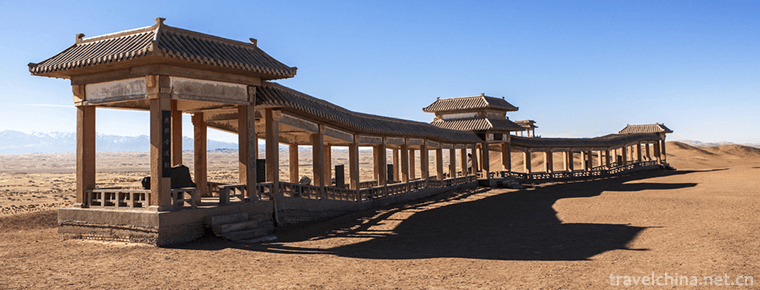
-
Black bean steamed pork ribs
Steamed pork ribs with lobster sauce is a traditional dish with color, aroma and taste. It belongs to Guangdong cuisine department. Cut the chopped pork ribs and add the marinade.
Views: 247 Time 2018-11-02 -
Gold medal suckling pig
Roasted Suckling Pig. Characteristic: It has won the "Golden Ding Award" by the national commercial department. It is a precious Cantonese dish at the banquet..
Views: 224 Time 2018-11-14 -
Dunhua Liudingshan Cultural Tourist Area
Dunhua Liudingshan Cultural Tourist Area is located in the South Bank of Mudanjiang River, 3 kilometers south suburb of Dunhua City.
Views: 147 Time 2018-12-05 -
Yuanyi Shuangfeng Lake International Tourist Resort
Yuanyi Shuangfeng Lake International Tourist Resort in Anhui Province is a high-level tourist resort integrating Golf and leisure. Located in the beautiful scenery, with a total area of more than 2000.
Views: 128 Time 2018-12-23 -
Guanlan Mountain and Water Pastoral
Shenzhen Guanlan Mountain and Water Pastoral Tourist Park covers an area of 300,000 square meters. It is located in Guanlan Street, Longhua District. It integrates food, housing, hot springs.
Views: 124 Time 2019-01-13 -
Qingdao Seaside Scenic Spot
Qingdao Seaside Scenic Spot is the first batch of state-level scenic spots announced by the State Council in 1982, and also the first batch of national AAAA-level scenic spots..
Views: 234 Time 2019-02-07 -
Naxi Remei Biao
"Remei Biao" is also known as "Wo Yo Ye", which is a collective folk custom that has been spreading for thousands of years. There are more than ten people at least and hundreds of .
Views: 202 Time 2019-06-07 -
Southern Drama
Nan Opera, also known as Nan Opera and Shi Nan Diao, commonly known as "Gaotai Opera" or "People's Congress Opera", is a local opera in Enshi Tujia and Miao Autonomous Prefecture o.
Views: 267 Time 2019-06-07 -
Kimchi Making Skills Korean Kimchi Making Skills
Kimchi of Korean nationality is one of the traditional food with the most national characteristics of Korean nationality, and its pickling method is constantly enriched and developed. In the long hist.
Views: 300 Time 2019-06-09 -
Shangyang Dance
Shangyang Dance originated in the northern part of Juancheng County and spread around Li Jinshitang Town and Old Town. It is represented by Xinggrang Village of Li Jinshitang Town. According to textua.
Views: 404 Time 2019-06-13 -
Cuiping Mountain Park
Cuipingshan Park, located in the northwest of Yibin City, Sichuan Province, is a famous urban forest park integrating scenic spots and forest scenery. It is mainly composed of Cuiping mountain and Zhenwu mountain. .
Views: 135 Time 2020-10-16 -
Honorary title of Mianyang
National system to promote comprehensive innovation reform pilot area.
Views: 331 Time 2020-12-14
